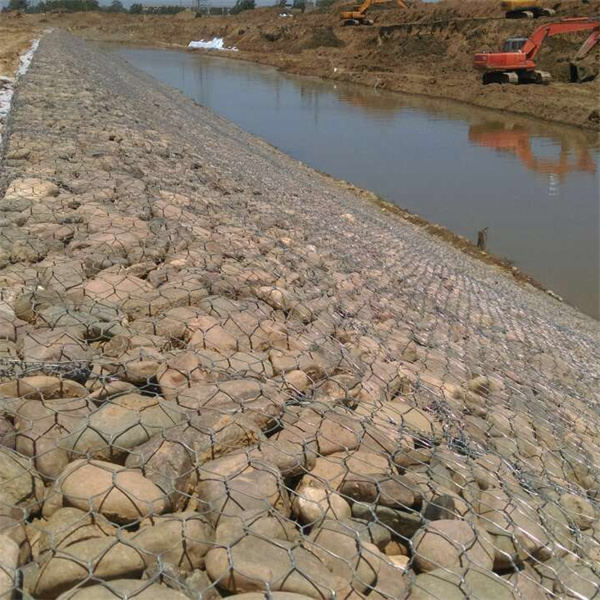Nov . 01, 2024 12:48 Back to list
Combining Gabion Structures and Wooden Retaining Walls for Landscape Stability
Gabion and Wood Retaining Walls A Comprehensive Overview
Retaining walls are integral structures used to hold back soil, prevent erosion, and create level surfaces on sloped landscapes. Among the various types of retaining walls, gabion and wood retaining walls are popular choices, each with its unique characteristics, advantages, and applications.
Gabion Retaining Walls
Gabion walls consist of wire mesh baskets filled with rocks, stones, or sometimes concrete chunks. Their design is not only functional but also visually appealing, allowing them to blend seamlessly into natural landscapes. One of the main advantages of gabion walls is their flexibility. The materials used can accommodate slight movements in the earth, making them ideal for areas prone to shifting or settling.
Another significant benefit of gabion walls is their permeability. Unlike traditional solid walls that can trap water behind them, gabion structures allow for drainage through their rocky fill, which minimizes hydrostatic pressure and reduces the risk of wall failure. This makes them particularly suitable for areas with high rainfall or near water bodies. Additionally, they are environmentally friendly; the use of natural materials integrates well with the surrounding ecosystem, providing habitat for wildlife.
However, gabion walls may require more maintenance than other types of retaining walls. Over time, the wire mesh can corrode, and the stones may shift, necessitating inspections and potential repairs. Yet, when properly maintained, gabion walls can last for decades while effectively providing erosion control and aesthetic enhancement.
gabion and wood retaining wall

Wood Retaining Walls
Wood retaining walls offer a different aesthetic and functional approach. They are typically constructed using timber, such as treated lumber, logs, or railway ties. One of the primary advantages of wood walls is their natural appearance, which complements garden landscapes and residential properties beautifully. Their construction can be simpler than gabion walls, as wood is relatively easy to work with and can be shaped to fit various designs.
However, wood retaining walls typically have a shorter lifespan compared to gabion walls, primarily due to susceptibility to rot, insect damage, and weathering. The use of treated lumber can extend their durability, but it’s essential to ensure that they are installed correctly with proper drainage systems to avoid water buildup, which can hasten decay.
Despite their limitations, wood retaining walls can be an excellent choice for small projects, gardens, and areas with lower structural demands. They provide a warm, natural look and can be customized in height and style according to the project’s needs.
Conclusion
In conclusion, both gabion and wood retaining walls have their unique advantages and applications. Gabion walls are robust, flexible, and environmentally friendly, making them suitable for various terrain and climate conditions. In contrast, wood walls offer aesthetic charm and ease of construction, ideal for more casual or decorative applications. The choice between the two ultimately depends on the specific needs of the project, budget, and personal preferences.
-
The Role of Galvanized Gabion Mesh in Riverbank Protection
NewsJun.26,2025
-
The Role of Gabion Basket Raised Bed in Sustainable Gardening
NewsJun.26,2025
-
Quality Assurance of Wire Mesh Gabion Baskets
NewsJun.26,2025
-
Installation Guide for Welded Gabion Box
NewsJun.26,2025
-
How to Choose the Right Gabion Box
NewsJun.26,2025
-
Different Types of Gabion Wire Mesh
NewsJun.26,2025
-
Why PVC Coated Gabion Mattress Is the Best Solution for Long-Term Erosion Control
NewsMay.23,2025






